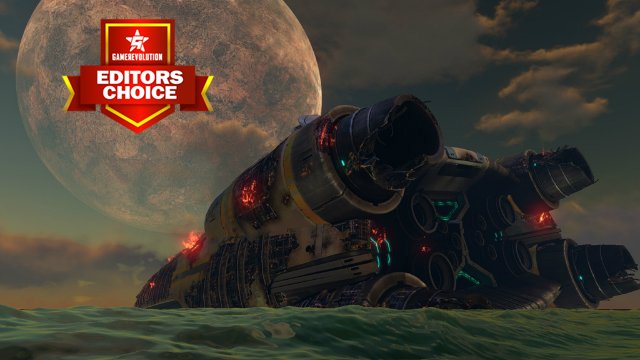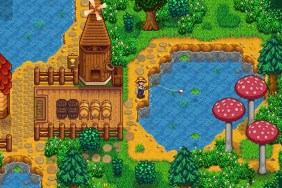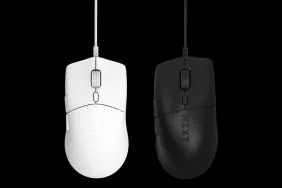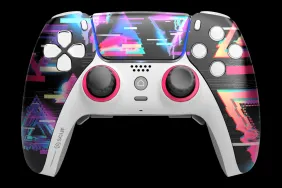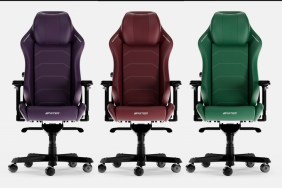Subnautica is an absolutely breathtaking game. Rarely have I found a title that could continue to make me want to explore 20 or 30 hours into a playthrough, but the ocean of Planet 4546B is enthralling. This game takes crafting and survival mechanics and integrates them into the game in the perfect measure to keep pushing you forward without seeming tedious.
Unknown Worlds Entertainment released Subnautica on Early Access in December 2014, so many players may already be familiar with the game. Before I was asked to review it, I only knew the most basic facts about the game. I thought it would be a little eight-hour romp through some water and I’d blast off the planet and be done with it. I don’t know if it’s ever felt this good to be wrong about a game before.
Subnautica Review: I Sat By the Ocean
Subnautica has four game modes you can choose from. The default mode is Survival, in which you have to worry about hunger, thirst, and oxygen consumption, as well as health and energy for your tools and vehicles. Freedom mode disables hunger and thirst but keeps the necessity for other needs. Hardcore mode features the same mechanics and Survival, but if you die once it’s game over. Finally, there’s Creative Mode where you start with all the blueprints in the game, and there are no resource requirements.
I played the game in Freedom mode, which I would consider to be “Normal” difficulty, and the one I recommend starting out with. Even if you’ve played tons of survival and crafting games before, Subnautica has a lot of unique aspects that make it a challenging game. It’s hard enough worrying about oxygen, depth limits, resource management, and creatures that want to kill you without also dying of hunger and thirst.
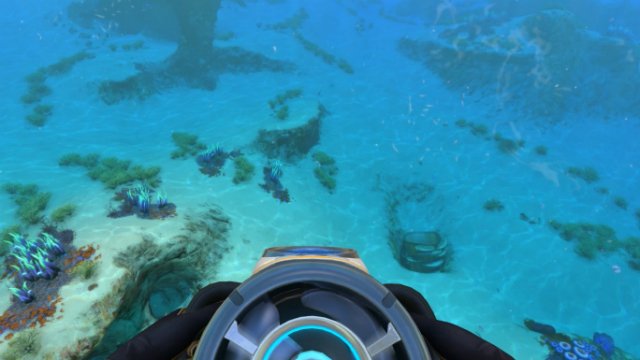
The whole game starts with you aboard an escape pod on the trading ship Aurora. An energy pulse strikes the craft, and you have to abandon ship. You’re knocked out by some debris on the ride, and you awake on the ocean planet 4546B. All you have is the tools and material in the escape pod to survive with. Fortunately, the escape pod has a radio, fabricator, health kit producer, and a helpful AI that guides you on your way.
Subnautica Review: The Ebb and Flow
The game starts off slowly. You don’t have any tools, and you’re limited to the few hundred meters surrounding your escape pod. The waters beyond are too dangerous without some equipment, so the first hour or so is spent getting the basics built. After harvesting copper and titanium from the Limestone deposits near your pod, you can start exploring further out.
This sets the pace for the game. As you get better tools, you can go further out from your pod. As you go farther out from your pod, into different and deeper biomes, you’ll get new resources which in turn allow you to build more stuff. As you explore, you’ll also start finding wreckage from the Aurora. This debris contains technology you can scan and add to your blueprint database that will allow you to build more advanced devices and materials. After the first couple of hours, you’ll get your first (sort of) vehicle, the Seaglide. It’s a small Seadoo like device you can grab on that dramatically increases your speed. This allows you to be a lot more daring since you can finally start to outrun predators.
As the game progresses, you’ll ditch the safety of your escape pod and start building seabases. This is where the game really starts branching out and giving you a lot of choice on how you want to progress. I built my first seabase directly underneath the escape pod so I could save the resources by not having to build a new fabricator and radio. However, after a few more hours, I’d outgrown the shallows and established a permanent base about 500 meters away in deeper, but still safe, waters.
Eventually, you’ll branch your base out into multiple rooms, filling them with technology you acquire as you explore. You’ll accrue a small submersible called the Seamoth as your next major piece of transportation, which will open up vast swaths of the ocean to you. At this point, depth becomes a significant factor in the game. The biomes surrounding the escape pod rarely dip below 100 meters or so, but past that you start getting into the deeper, darker ocean, where you run the risk of your vehicle being crushed by the pressure of the sea. You’ll continue on, finding modules to increases your depth, and eventually building the huge Cyclops submarine, which is basically a mobile base, and the mighty PRAWN suit which is an exosuit you can use to reach the deepest depths of the ocean.
Subnautica Review: Lost in Space
The oceans of Planet 4546B are so alien that it’s easy to see the surface as a barrier and from the fact that you’re on a whole different, unexplored planet. The exploring in Subnautica, besides just being fun, has a purpose. There is an exciting story, though I’m not going to ruin any of it for you, that is told through various logs and events that you find in key spots throughout the game.
Initially, the radio in the escape pod (or wherever you choose to build it later on) is where you receive clues to the locations you need to go. However, one of the missteps in Subnautica is that at around 10-15 hours in, figuring out how to progress in the story gets very obtuse. Fortunately, if you continue to keep searching for technology to build and modules to improve your vehicles and personal equipment, you’ll eventually wonder upon where you need to go to find the next piece of the puzzle.
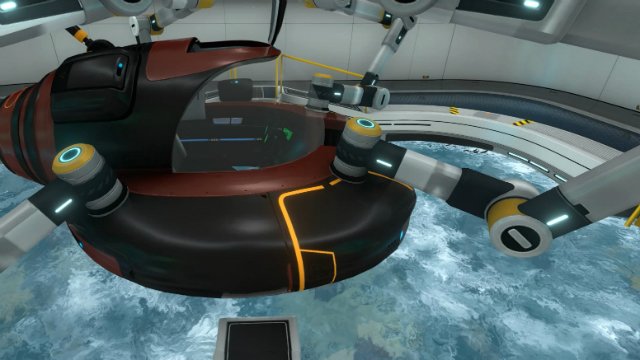
It’s possible that I missed something, but after collecting and reading all the PDAs and exploring the locations that the radio gives you clues to, I found myself at a loss on how to continue the story. However, if you’re a through explorer, which is something the game definitely encourages, you’ll eventually pick up a thread here or there that will continue you down the right path.
Subnautica Review: Environmental Upheaval
Since exploring is such a crucial part of Subnautica, it’s great that the environments are so full of unique life and character. The Safe Shallows is the biome your escape pod lands in, and it looks like one of those tropical paradises that you see in cruise ship commercials. It has beautiful clear water, rock formations holding colorful coral, and cute little schools of fish flitting one way and the other. However, even that starting area has its dangers. As you explore the caves for resources, you’ll find your first enemy, the Crash Fish, which lunges at you at high speed out of its den and explodes near you doing massive damage.
Fortunately, each enemy in the game has behavior which makes avoiding it possible. There’s no real combat in Subnautica, and that’s not a loss at all. In a lot of crafting games, once you hit the high-level resources and are able to craft the best items, you’re overpowered, and without any threat the game gets boring. Subnautica allows you to build items and tech that better defend you and your vehicles, like a gun that puts aggressive creatures into stasis, or lets you repel them with a burst of anti-gravity, but you never have the means to eliminate threats completely. This keeps the game exciting from the first minute of play all the way into the 30th or 40th hour, and rewards proper planning and resource management instead of just how good your gun is.
There’s one system missing from Subnautica that absolutely drives me bonkers. There’s a ton of wondrous places to explore in the game, but there’s no map. Now, I wouldn’t want there to be some map you pick up and then you know where everything is in the whole game. That would be boring and ruin the exploration. However, it would be great if there was a function I could use to map the terrain myself.
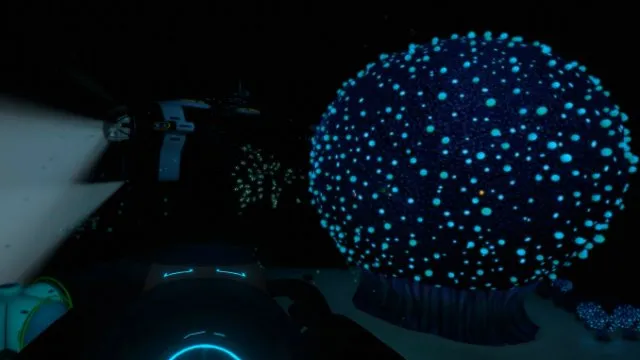
You can make beacons to lay down which helps to an extent, but precise navigation is sometimes impossible in Subnautica. When you’re dealing with distance, direction, and depth, just a compass isn’t really enough. More than once I’ve gone just a few degrees off heading from a reference point and ended up in an area full of enemies I had nowhere near the equipment to deal with. It might be possible to devise a system using beacons in which you can navigate more precisely, but I would have liked an in-game map if only to add just one more reason to explore.
Unfortunately, some of the beauty in the game is marred by terrible draw distance. I have a pretty powerful PC, but draw distance is locked in this game. This isn’t too noticeable early on, when you’re not moving too quick and you’re staying in the shallows. However, later on when you’re vehicles are moving faster and diving great depths the extremely short range you have to be before textures load completely is jarring. Hopefully, they’ll fix this in an upcoming patch, because it’s the one technical issue that jumped out in all the hours I played.
Subnautica Review: A Whale of a Time
So far Subnautica has been the outstanding title of 2018 for me. We’re only a month in, but the time I’ve had with this game has been incredible, and I’m sure it will be a game I remember in December when the year is wrapping up. Even after completing it, I’m itching to go back and see what nooks and crannies I missed. There are whole biomes I barely had the chance to explore, even after almost 40 hours in the game. Despite how dangerous the oceans of Planet 4546B are, I am left impressed by their beauty, and the diverse and wonderful life I found during my journey. If you’re a fan of survival, crafting, or just want to experience a sense of wonderment, Subnautica is an excellent game and is destined to be a keystone of the genre.
-
Gorgeous and varied environments.
-
Resource management is challenging without being tedious.
-
Lack of powerful weaponry keeps encounters with foes exciting until the end.
-
Interesting story which unfurls organically as you explore.
-
Triggers to continue the story can be too opaque at times.
-
Lack of any sort of mapping function can make exploration frustrating.
